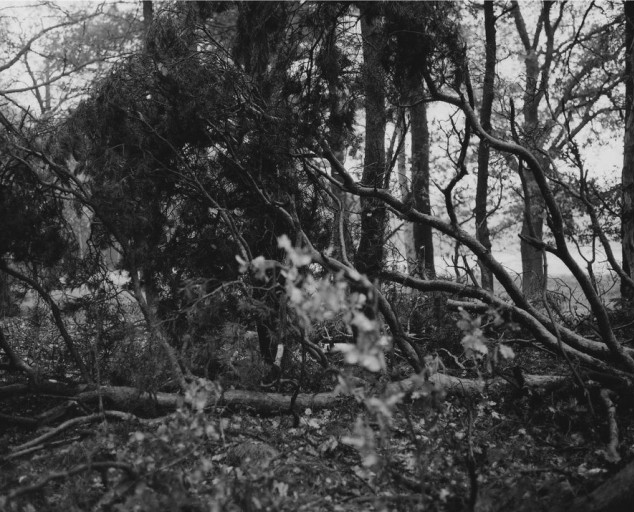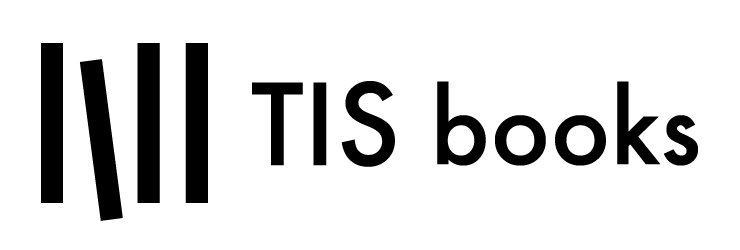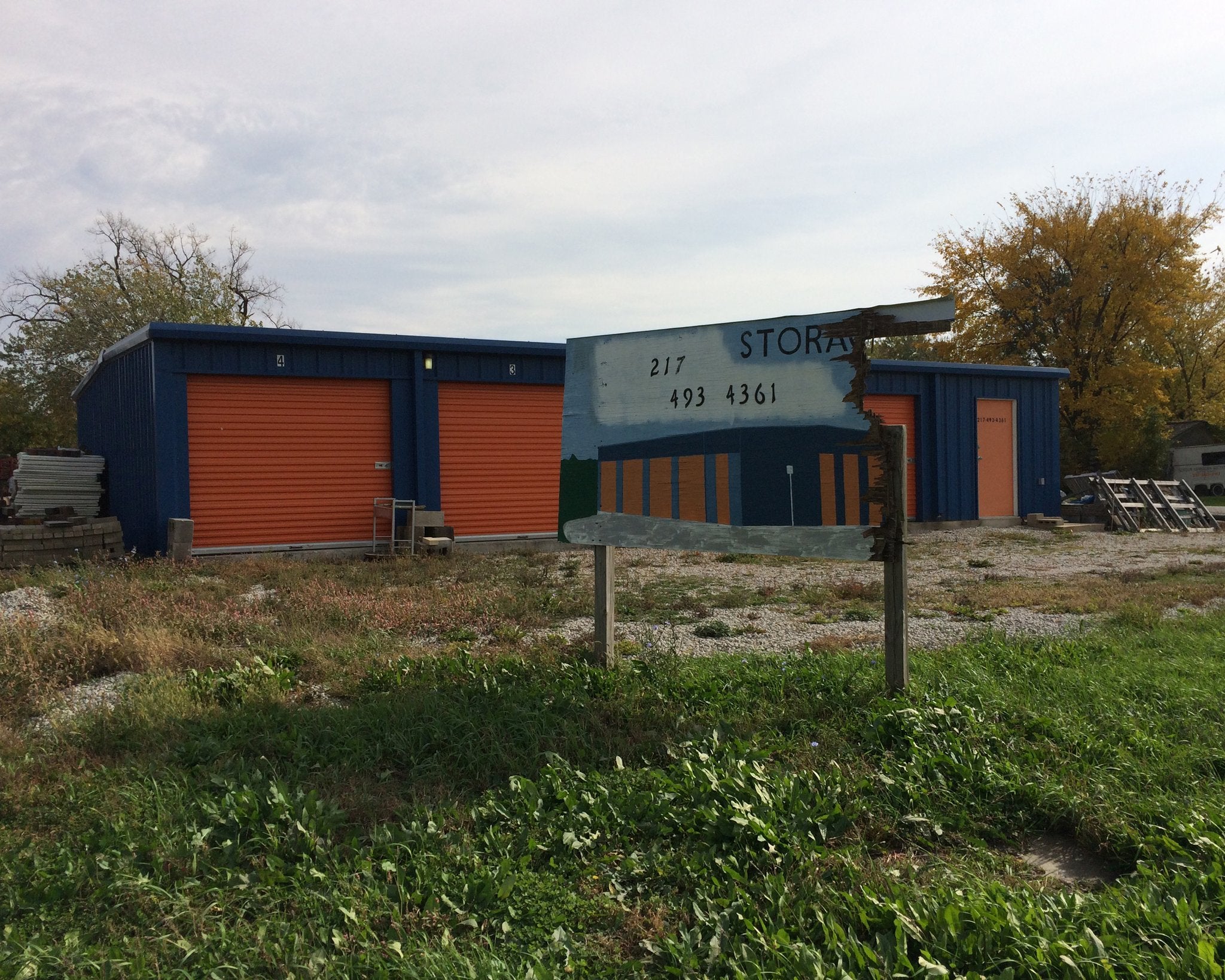
Natur vs Nurtur
She rejoices in illusion. Whoso destroys it in himself and others, him she punishes with the sternest tyranny. Whoso follows her in faith, him she takes as a child to her bosom.
The “she” is Nature, as aphorized by Goethe (via Georg Christoph Tobler) in an essay called “Die Natur.” My understanding is that this brief work has been quite influential in German thought since its appearance in 1783; Freud said that it inspired him to study medicine. I have no knowledge that Michael Schmidt read “Die Natur,” but the piece is certainly instructive when thinking about his final book, Natur.
Schmidt rejoiced in illusion, I think. Not the false illusion of the magician, not the sleight of hand. No, Schmidt always looked at the world uncompromisingly, painfully, brutally. And yet he did rejoice in the camera’s specific ability to make the canny uncanny. As he himself said, “Realism consists not in reproducing real things, but in showing how things really are.” Also:
From my point of view, my pictures are autonomous; they don’t have any direct relation to what is happening out there, but only show you the idea of what photography is. That is to say, there is no direct comparison with the outside world; a new world has been created instead. There still is a reference within the images themselves: photography thrives on the fact that it has once had a counterpart.
Because Schmidt followed the world in his faith in photographic illusion, he was taken to her bosom. And Natur is testament to that. The book evidences a restless mind finding peace, confident in its status as a mind, as a unique self in the world. As such, it is not only a photographic, but also a literary, achievement.
She is ever shaping new forms: what is, has never yet been; what has been, comes not again. Everything is new, and yet nought but the old.
“Nought but the old,” for sure: trees, mostly, and bushes; a pond or two and some lilly pads; a couple roads; one bird and one inscrutable cow. Even with one picture of human structures (which will require further exploration), none of this is newer than Atget (and that’s just in photography; this stuff is surely as old as drawing itself). Goethe says that Nature’s “mechanism has few springs – but they never wear out, are always active and manifold.” Natur is undoubtedly manifold, and active in newly-shaped forms.
Although maybe not entirely new in form – at least on a picture-by-picture basis – in view of Schmidt’s body of work. Many of the pictures in Natur could have worked quite well, albeit in small doses, in Waffenruhe or 89/90 for sure, maybe even Irgendwo. And vice versa: a few pictures from those books could easily have become part of this one.
All the bulletproof blacks are still there, and the greys harnessed as if they were colors; although perhaps the latter are less dingy overall than before. (Nature “wraps man in darkness, and makes him for ever long for light. She creates him dependent upon the earth, dull and heavy,” says Goethe.) And he still shoots through the foreground often, allowing it to blur to various degrees of readability.
But I’ve erred in using words like “before” and “still.” While the photographs were printed and the book constructed in 2014, the negatives were made between 1987 and 1991. So they’re contemporaneous with the work from 89/90, and really that shouldn’t come as much of a surprise to anyone familiar with the earlier book. In fact, to my mind, 89/90 and Natur form a matched set of bookends, and not just because of the superficial – and intriguing – similarities of their physical size and picture count.
The spectacle of Nature is always new, for she is always renewing the spectators. Life is her most exquisite invention; and death is her expert contrivance to get plenty of life.
Although we would wish for many more photographs from Michael Schmidt, we nonetheless were blessed with plenty of life from him; his collected body of work practically vibrates with the curiosity for what a human mind and a camera can make of the world. It’s a pleasant challenge to try to reconcile projects like Berlin-Wedding, “Selbst,” Frauen, and Lebensmittel, among numerous others, as the product of one individual.
To speculate once again, I wonder if death was the expert contrivance by which we got Natur. I said before that the book feels somehow at peace. Like 89/90 (published in 2010), Natur was constructed at a remove from the making of its negatives. Both books bear the mark of the mature man who gets the opportunity to shape the work of his youth, to bring to bear all of the experience gained, to make manifest the hard-won self. Yet the four years between 89/90 and Natur seem decisive; where the former assails, the latter abides. One cannot help but see the photographer (re)assessing his place in the world.
Sometimes I think the pictures are heavily influenced by the way I define myself, that is to say, how I formulate my position in relation to the world. Maybe this aspect is much greater than it appears to be. I think that to a certain extent I represent myself in my pictures. I don’t remove myself as a subject from my pictures.
Certainly, throughout his career, Schmidt has not removed himself from his pictures. He says that “the motifs of Waffenruhe were a means to an end, namely to represent myself, to turn an actual self into something, which could be experienced in a manner of speaking.” 89/90, EIN-HEIT, even the austere Berlin nach 1945 and the recent conceptual puzzle Lebensmittel, all evidence the confusion, the loss, the anger, even the paranoia that one who reads Grass or Sebald understands to be part of the post-war German psyche. And I don’t mean to specifically define the contours of that psyche so much as to say that it’s clearly burdened by recent history that manifests personally.
With EIN-HEIT I was essentially concerned with the idea that history has to be kept alive in the form of continued observation of the present. I don’t understand people, historians, who view history as something that has been finalized, something past, finished. As far as I am concerned history can only then have a function if it is defined from the point of view of the present, that is to say, as an essential part of the present and future.
And yet, no matter how challenging those works, how brutal or haunted the photographs, there was always too a palpable joy. Too many of the pictures in those books are simply too beautiful – too frankly tender – to believe that he was not delighted by life, no matter how difficult it was to make sense of.
Which is why I find Natur so fitting a culmination to a career. While maintaining all of his usual pictorial rigor, Schmidt has finally in this book allowed delight to perhaps tip the scales – or at least to balance them out. A very fine thing in its own right, Natur is made more poignant by viewing it in the context in a body of work that contains Waffenruhe and 89/90; the long view gives voice not only to the development of the artist (Schmidt seems to be showing us that he didn’t necessarily need the explosive subject matter of Cold-war-era Berlin to make pictures. Just some plain old trees would do.), but even more powerfully to the decades-long refinement of the human self.
No explanation is wrung from her; no present won from her, which she does not give freely. She is cunning, but for good ends; and it is best not to notice her tricks.
As we learn from all things properly classified as literature, no explanations are to be wrung from Schmidt’s books. No matter how cogent and thus ultimately persuasive they are, his works are ultimately enigmatic. I said before that Natur’s formal explorations on a picture-by-picture basis were not unusual for Schmidt. Rather more distinctive is the structure of Natur – specifically some of the spreads and sequences – which links it formally to 89/90 and supports my suggestion to see the two as bookends. To get at this, I must risk defying Goethe’s injunction and take account of Schmidt’s formal tricks. Take account, but not necessarily explain or solve. Because I’m not sure exactly how all of these formal tactics work, only that they work.
Natur is composed of vertically-oriented pictures, all printed at the same size (just as 89/90 is). Except when it’s not: there are three horizontal photographs – all of a common size, smaller than the verticals. One of them opens the book. The other two appear early in the book; after page 37 (of 99), it’s all verticals. Why so few horizontals, and so front-loaded? Maybe there’s something to consider about the horizontal image being by definition the landscape orientation, and that this book is called Natur while an earlier group of photographs (although not a proper book, as far as I can tell) was called “Landschaft” (Landscape). A landscape being a specific construct in painting and photography, whereas nature is something larger and more amorphous, maybe including us folks (“human nature”?) and our creations, or maybe not.
The other exception to the rule above is that one vertical image, on page 53, is printed slightly larger (probably like 20%) than all the rest. And here’s the funny thing: it’s the same image as on page 51. To be clear: the same picture appears twice in a row, larger the second time. The last image in the reader’s mind just suddenly gets bigger. Which is actually pretty conceptually tame if you know that in 89/90, two of the negatives are used three times each, once all in a row, and once as a double-page spread (with the images flipped horizontally, naturally) with the third image later in the book.
Somewhat less capriciously, Schmidt employs a few double-page spreads on which the same subject matter is offered from slightly different angles. In one of them, a branch was photographed before and after it developed leaves, but you must look closely to realize it. And the there’s the fantastic spread (24-25) in which he uses the book’s polar opposites in scale – a view from a hilltop and a closeup of a tree trunk smashed to right angles – to confuse the eye and cause it to focus in and out quickly.
The risk of taking notice of these tactics is to make them sound like nothing more than tricks. Fortunately, the formal structure of Natur is both strong and supple enough to withstand my descriptive bludgeoning. Yet the recounting is necessary to show that Schmidt is intent upon reminding us that we are not experiencing nature, but rather looking at photographs, which are based on negatives that are reproducible without limit as prints that can be flipped, enlarged, lightened, darkened &etc at will. Recall that bit earlier where he said: “my pictures are autonomous; they don’t have any direct relation to what is happening out there, but only show you the idea of what photography is.” (italics mine)
Much of what I’m getting at – Schmidt’s idea of what photography is – is encapsulated in one remarkable (and, it turns out, utterly unique among its companions) photograph, the second in the book. The scene is of a couple buildings, and a third in the distance, with maybe a widely-dispersed flock of birds in the sky. The photograph has a black border that upon first glance could be the edge of the negative but is instead the frame of a window. Stray watermarks make it clear that we are looking though a piece of glass that is itself none too perfectly clear. And finally, it becomes obvious that those birds are actually insects, dead or otherwise, hanging out on the pane.
There is much to be said about this photograph. First, of course, is that its placement is meant to color everything after it. No matter how natural things start to feel as we become immersed in Natur, we know that we are always at the mercy of Schmidt’s composition, just as the window frame defines our view from indoors. And not only is our view always restricted and mediated by a human mind, it’s also always mediated by an inert piece of glass, which Schmidt shows us can be the agent of refraction and obfuscation. And much more than that, as William H. Gass – for whom the window is a “central symbol” in his writing – says in an essay called “Finding a Form”:
[W]hen a character of mine looks out through a window, or occasionally peeks in through one, it is the word “window” he is really looking through; it’s the word “pane” that preoccupies; it’s the idea of “glass,” of separated seeing, of the distortions of the medium, its breakage, its discoloration, its framing, that dominates and determines the eye; it is, therefore, the fragility of knowledge that gets stressed, the importance and limitation of point of view, the ambiguity of “in” and “out” that it provides . . . above all, the window is a place which waits for that light, endures the darkness, receives each scene; and then, through both the word and its phenomena, provokes reflection; indeed it demonstrates how “pane” permits me to say I am separated from the world by a transparent sheet of cruelty, as though its plane were a piece of paper, as though each word were itself a window through which I could see other words, other windows, as well as myself: always observant, always passive, patient, speculative . . .
Gass’s insights are eerily instructive in the present case; it’s the kind of quotation where any italics inserted for emphasis of relevance would wind up saturating the entirety.
And I’m not done with that window yet. The picture is simply too operative – too clearly intended by Schmidt – to not exhaust its implications; and not just in Natur, but also in the whole of his work. Think of Gass’s “transparent sheet of cruelty” in relation to Lebensmittel, for example, or “the fragility of knowledge” and EIN-HEIT or “Menschenbilder (Ausschnitte).” Or indeed, what “separated seeing” means to any of us who use a camera to confront other sights and other windows, as well as ourselves.
The window “provokes reflection,” and that got me to wondering if Szarkowski might have enjoyed Schmidt’s picture because it so slyly exemplifies his thesis in his “Mirrors and Windows” exhibition of 1978. Schmidt is primarily a window kind of guy who, paraphrasing the curator, “explores the exterior world in all its presence and reality.” And yet the stains and bugs on this particular window might be characteristic of the “romantic expression of the photographer’s sensibility as it projects itself on the things and sights of this world” – the hallmark of the “mirror” photographer.
Indeed, as I quoted Schmidt earlier, “Sometimes I think the pictures are heavily influenced by the way I define myself, that is to say, how I formulate my position in relation to the world.” The subjective self confronts the objective world – via the camera that “waits for the light, endures the darkness, receives each scene” – and each is tempered by the meeting. Szarkowski himself said that windows and mirrors existed not as a dichotomy of “discrete and unrelated bodies,” but rather blended along a “continuous axis.” And Goethe may have figured this whole non-dichotomy thing out a long time ago when he said of nature that “We are surrounded and embraced by her: powerless to separate ourselves from her, and powerless to penetrate beyond her.”
Rarely has powerlessness sounded so comforting. Perhaps there can be comfort in the acceptance, the embrace, of the actuality of this world. Which doesn’t mean that the human mind shouldn’t rage against the contours of nature (both exterior and interior) – and perhaps we must do such battle in order to one day arrive at the self at peace with itself. In a lifetime of work, Michael Schmidt battled variously and ceaselessly. “Maybe I have got closer to myself without actually getting there,” he has said. In Natur, he shares with us what he has learned about life and the self through the rigorous and disciplined and joyous making of photographs.
Her crown is love. Through love alone dare we come near her. She separates all existences, and all tend to intermingle. She has isolated all things in order that all may approach one another. She holds a couple of draughts from the cup of love to be fair payment for the pains of a lifetime.
The words of Michael Schmidt are drawn from “About Schmidt” by Chris Dercon (in 89/90), and “Photography is a Bastardized Form of Art,” an interview with Dietmar Elger (in Irgendwo). I am grateful that these books include English translations.



